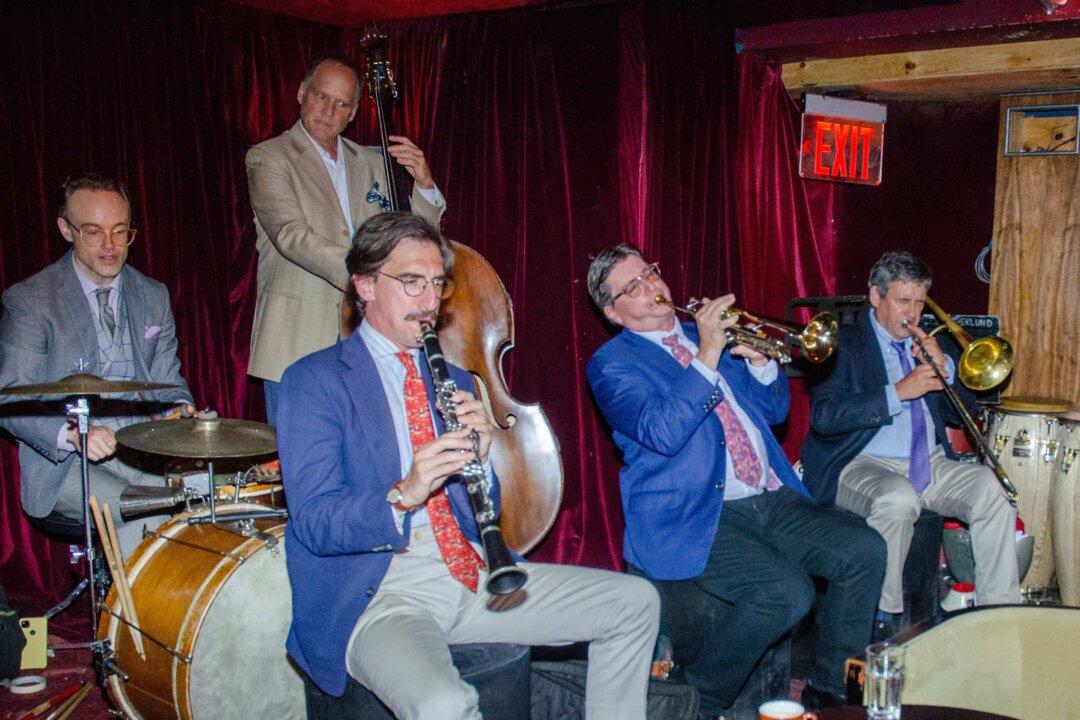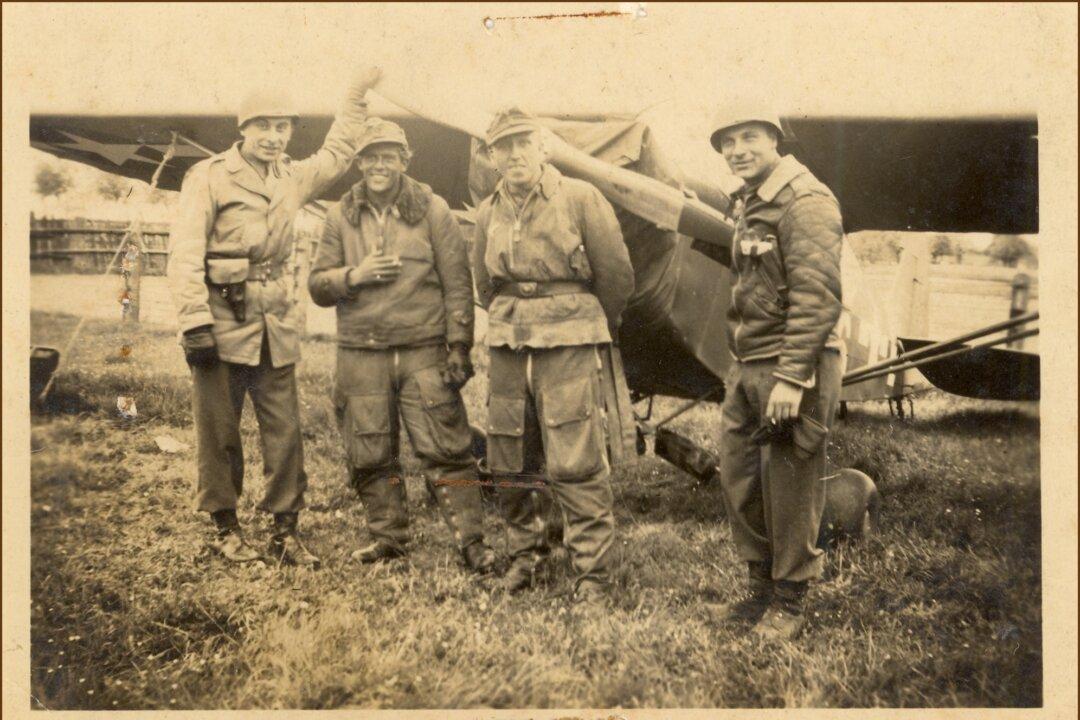NEW YORK—Former Alaska governor Sarah Palin’s defamation trial against The New York Times commenced in federal court in lower Manhattan on Feb. 3.
Palin brought the lawsuit against the newspaper after its editorial board published an editorial about her, which she deemed defamatory.





